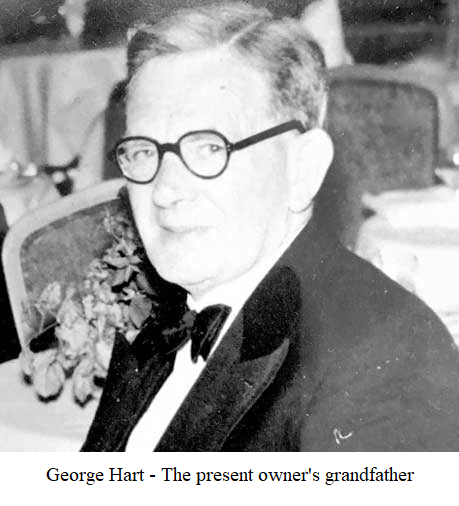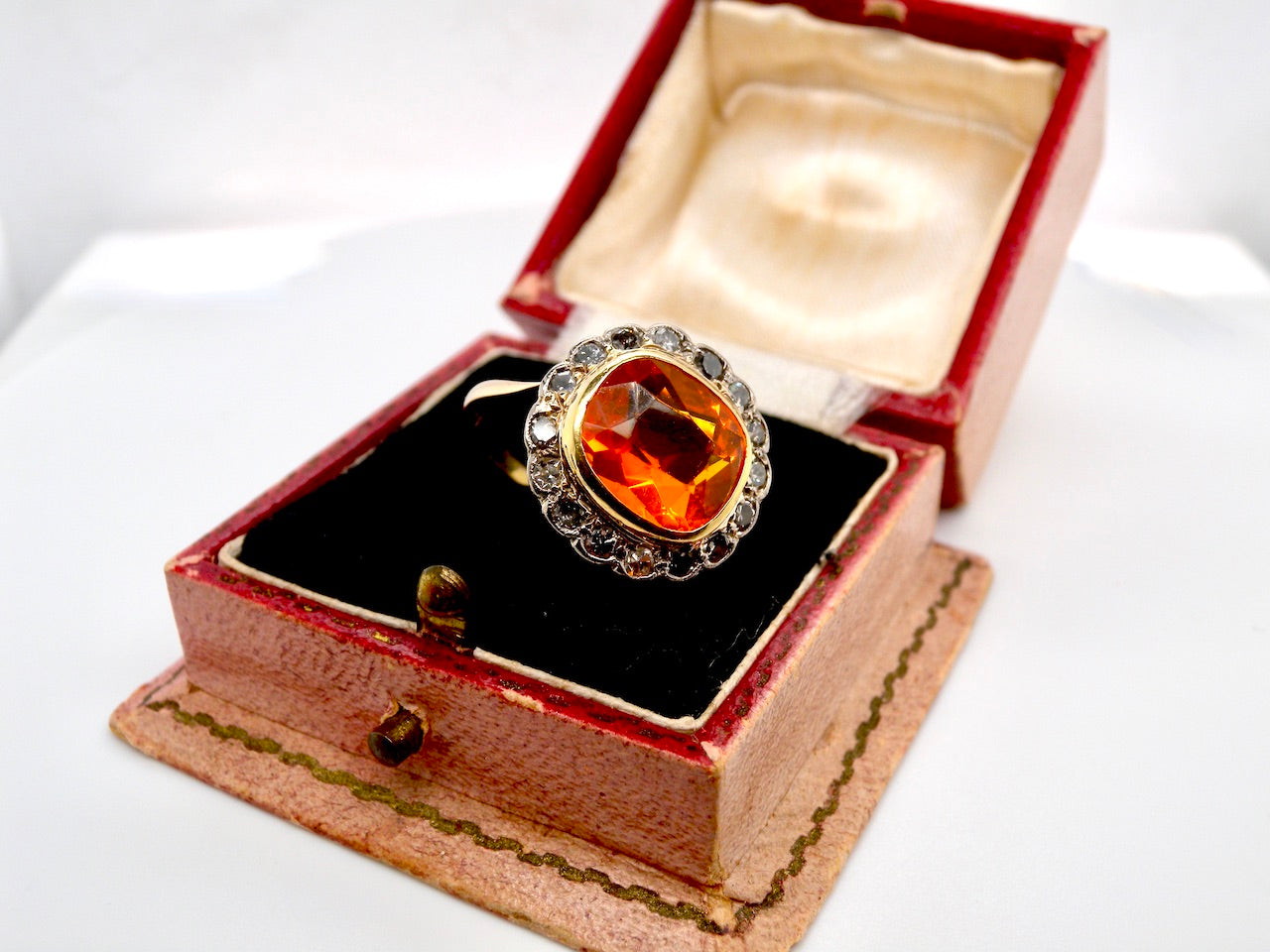A charm can change the mood of a bracelet in a second. Years ago a customer brought in her grandmother’s chain—plain, sturdy, no nonsense. We clipped on a tiny gold suitcase that actually opened, then a lighthouse with a tiny red glass “lamp,” and suddenly the bracelet felt like a travel diary. That’s the joy of charms: small objects, big stories.
At Vintage Tom we see every kind of charm pass through Victorian fobs with bloodstone seals, Edwardian good-luck tokens, enamel animals from the mid-century charm craze, and modern conversions made from single earrings or broken brooches. The common thread is personality. A charm isn’t just decoration; it’s a memory you can wear.
What Counts as a “Charm”?
Traditionally, a charm is a small pendant or miniature object that can be attached to a chain or bracelet. In practice you’ll find:

Fobs & seals – often Victorian; some still carry crisp intaglios.
Lockets & medallions – tiny photo lockets, religious medals, sweetheart tokens.
Moving charms – opening books, hinged animals, spinning globes, articulated fish.
Enamel pieces – bright mid-century travel charms, flags, crests, animals.
Repurposed jewels – single earrings, petite brooches or cufflink faces turned into pendants.
If it’s small, wearable, and tells a story, it qualifies.

Eras at a Glance (seen from the bench)
Victorian
Sentiment everywhere. Lucky symbols (horseshoes, clovers), hearts, arrows, and plenty of fobs. Gold tones range from warm yellow to rosy; you’ll often see chased detail and hand-engraving.
Edwardian
Finer metalwork, light and airy. Platinum-topped details appear; pearls and small diamonds creep into charms and drops.
Art Deco
Sharper lines, geometry, and playful mechanics spinners, dice, roulette wheels, tiny boxes that snap shut.
Mid-century (the charm-bracelet boom)
The 1950s–60s brought souvenir charms: little Eiffel Towers, gondolas, shoes, dogs, initials, and enamel crests. Many families built a bracelet over years, one charm per milestone.
Each period leaves clues: the way a split ring is made, how an enamel edge is finished, the style of a jump ring, even the sound a bracelet makes when the charms knock together. You start to “read” the piece as well as admire it.

Materials & Motifs
Gold (9ct through to 18ct) wears beautifully and takes detail well. Older pieces can be surprisingly weighty for their size.
Silver charms abound, especially in souvenir sets. Look for crisp casting and tidy polish.
Enamel adds instant character opaque mid-century colours, or translucent guilloché on earlier pieces. Check edges for chips.
Gem-set miniatures appear in Victorian/Edwardian examples tiny rose-cut diamonds, seed pearls, turquoise, garnet, or glass cabochons used as “lights” or eyes.
Common motifs: good luck (horseshoe, wishbone, clover), travel (landmarks, vehicles), animals (articulated fish are a favourite), love tokens (hearts, arrows, initials), and hobbies (books, instruments, sewing notions).

Building a Bracelet (how we help customers plan it)
Start with rhythm. Try three or five charms spaced along the chain so the weight is even. Add from there.
Mix sizes with intention. One or two larger “story” charms, supported by smaller ones, keeps the line graceful.
Mind the movement. Hinged or opening charms are fun, but too many can tangle. We usually anchor the heavier ones near the clasp area.
Attachment matters. Split rings are practical; soldered jump rings are safest long-term. We’ll often fit a charm temporarily so you can live with the layout before we solder it in.
Bracelet choice. A curb or trace chain with decent gauge is a good canvas. Older Albert chains make superb charm bases and wear beautifully.
Prefer a necklace? A short curb with a dog-clip clasp makes a lovely “charm curation” neckpiece. One central charm and two smaller off-centre gives an easy, deliberate look.
What We Look For When Buying Charms
Honest detail. Sharp engraving, tidy claws (if gem-set), clean enamel with minimal loss.
Sound fittings. Original jump rings are nice; replacements are fine if they’re strong and don’t spoil the line.
Weight & balance. A little heft is reassuring, but the charm should hang straight and sit comfortably against the skin.
Condition that matches age. Light wear is part of the charm; harsh polishing or crude repairs are not.
Hallmarks & tells. Hallmarks help; where they’re missing, we rely on construction and wear patterns to judge period.
Conversions (done well vs done fast)
We love a good conversion: a single earring made into a pendant, a small brooch into a charm, a cufflink face set on a neat bail. The key is respecting the original line properly finished backs, proportionate bails, solder that’s invisible once polished. If a conversion looks “added on,” it will feel wrong on the bracelet.
Care That Actually Works
Put charms on after hair spray or perfume.
Warm water + mild soap + soft brush, rinse, pat dry.
Avoid ultrasonics for enamel, foiled stones, or delicate hinge work.
Store bracelets flat so charms don’t chew each other; individual pouches for loose charms.
Bring them in yearly so we can check jump rings, solder joins, and any moving parts.
FAQs (shop-floor answers)
Q: Are charm bracelets practical for daily wear?
Yes choose a sturdy chain, keep claws and joins checked, and don’t overload it. Many people wear them every day without trouble.
Q: Do charms add value, or just sentiment?
Both. Quality and rarity matter Victorian fobs with crisp seals, early enamel in good condition, articulated pieces, and heavier gold charms tend to hold demand.
Q: Can you move charms between bracelets?
Of course. We can refit jump rings or dog-clips to make them swappable, or solder them permanently once you’re happy with the layout.
Q: What about mixing metals?
It can look fantastic. Yellow gold with a single silver or platinum accent can break up the line and draw the eye to a favourite charm.
Final Thoughts
Charms turn jewellery into a journal. One for a place you loved, one for a person, one just because it made you smile. Build slowly, choose well, and you’ll end up with something that sounds like you when it moves literally. That light jingle is part of the pleasure.
If you’d like to see examples or talk layouts, browse our charms and small pendants we’re happy to help plan spacing, fit jump rings, and make sure everything is secure for everyday wear.
👉 Explore our Charms & Small Pendants (we’ll help you audition pieces on a bracelet or chain
You May Also Like: What is Estate Jewellery



